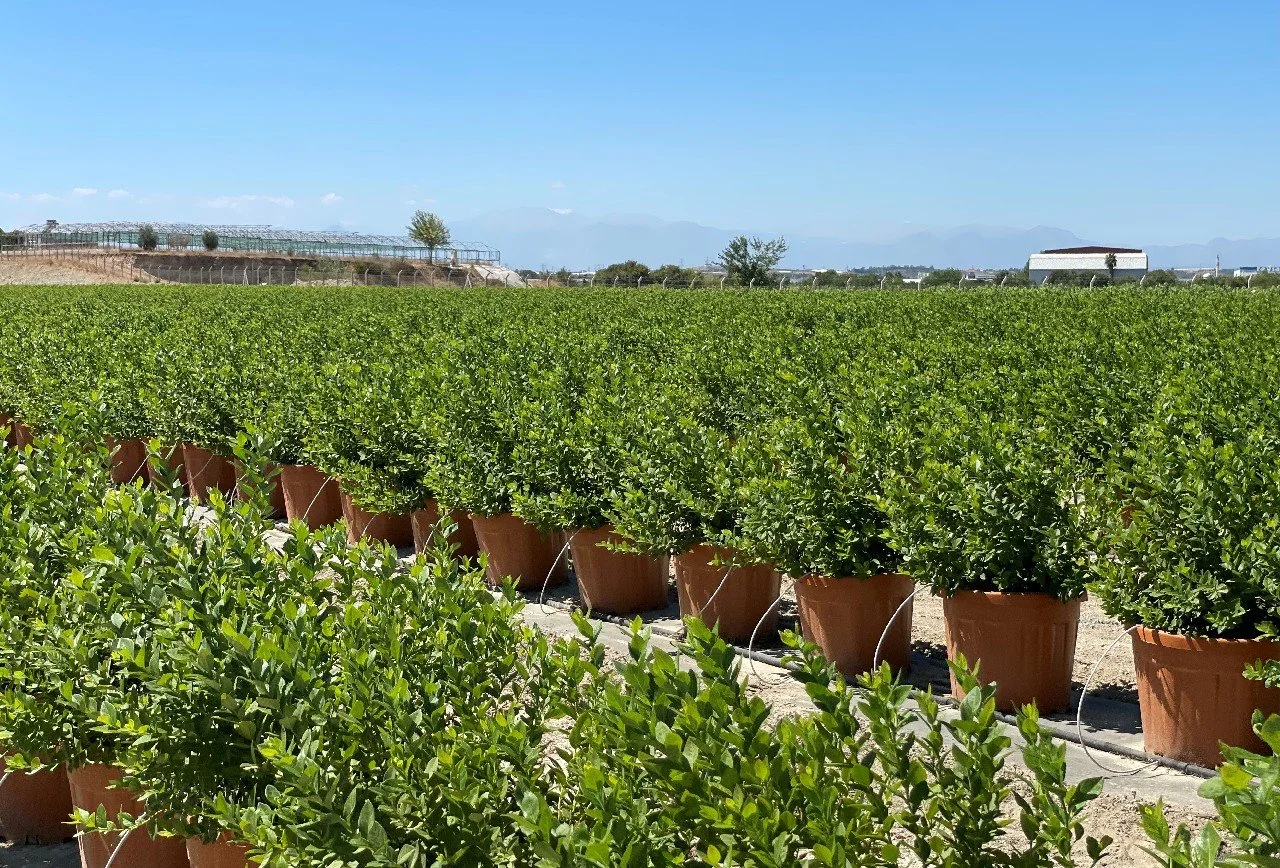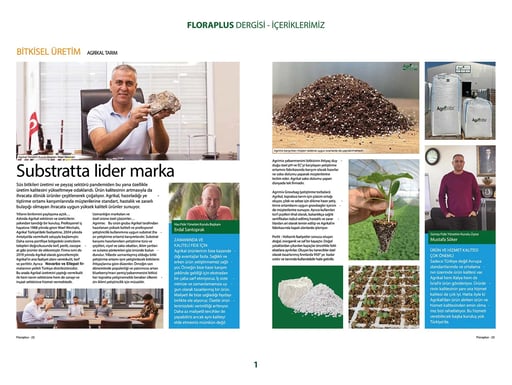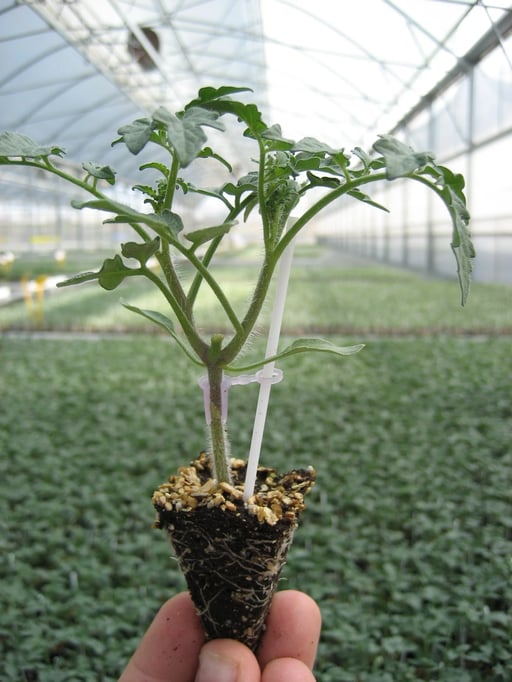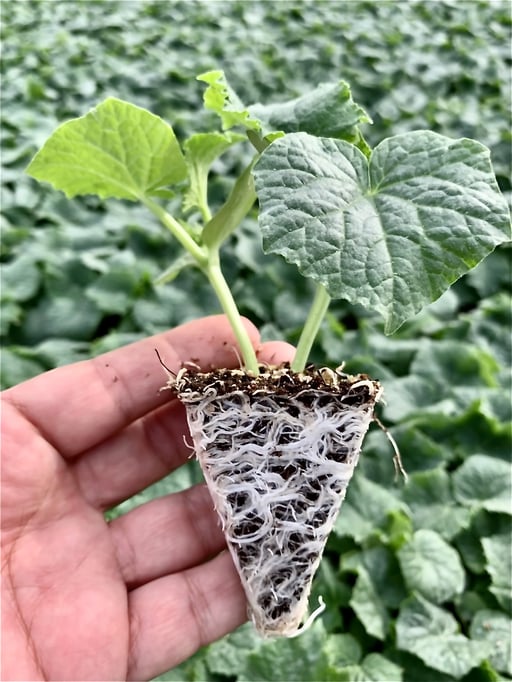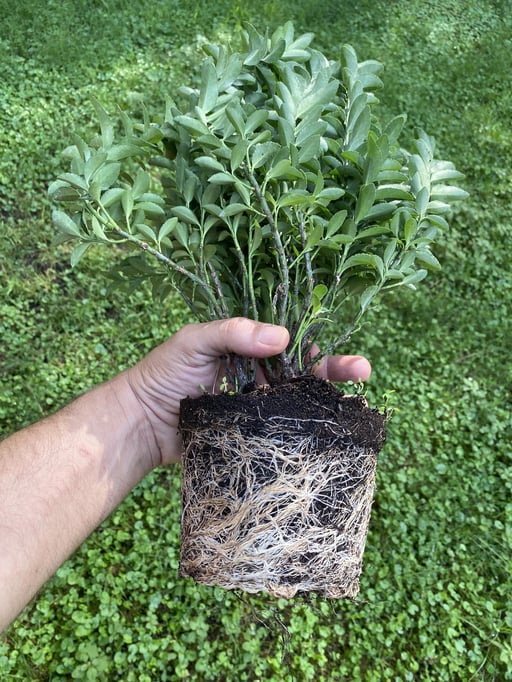Soilless agriculture refers to growing plants without natural soil, using water or cultivation substrates instead. Fundamentally, to grow plants, we must supply nutrients and water to their roots while providing the necessary physical environment.
Soilless agriculture is practiced via two methods:
-
Hydroponics (Water-based cultivation)
-
Substrate-based cultivation.
Hydroponics:
In hydroponics, plants are grown in flowing water within tubes, pipes, or channels. All required inorganic chemicals and nutrients are dissolved in the circulating water. This method is commonly used for lettuce and herbs.
Advantages:
-
No risk of soil-borne diseases.
-
High growth control capability.
-
Enables cultivation in regions with poor soil quality.
-
Efficient fertilizer and irrigation costs with water recycling.
Disadvantages:
-
Limited physical support for root systems.
-
Vulnerable to electrical/mechanical failures or nutrient/water flow disruptions.
-
Low tolerance for errors.
Substrate-based soilless agriculture is more popular.
Substrate-Based Soilless Agriculture
This method can be implemented in pots, trays, growbags, or plastic channels (on the ground or shelves). Common applications include:
-
Seedling and cutting propagation in trays, Agripots, or substrates.
-
Potting soil for nurseries and home gardening.
-
Substrates for green roofs and balcony gardens.
-
Vegetable greenhouses using growbags (plastic bags filled with substrate, featuring drainage holes and planting slots).
Substrates can also be used in open-top plastic containers, channels, or pots.
Why Choose Soilless Cultivation?
-
Enables farming in regions with infertile soil.
-
Reduces soil-borne disease risks.
-
High control over plant growth.
-
Improved crop quality and yield per plant.
-
Efficient fertilizer/water use, especially with recycling systems.
-
No need for soil disinfection.
-
Vertical or shelf farming increases plant density and yield per square meter.
-
Reduces labor costs and accelerates harvest for certain crops.
-
Selecting the right substrate (based on water retention, drainage, pH/EC levels, air-water balance, and cation exchange) is critical for success.
Materials for Soilless Agriculture
Three types of materials are used:
-
Inert Minerals
-
Do not provide nutrients or react with fertilizers.
-
Require precise irrigation/fertilizer systems and expertise.
-
Examples:
-
Perlite: Neutral, sterile, porous, lightweight, high drainage/aeration.
-
Rockwool: Less common due to health concerns.
-
-
-
Non-Inert Minerals
-
Examples:
-
Vermiculite: Neutral, sterile, high water retention, cation exchange capacity. Widely used in seedling propagation.
-
Tuff (Lava Rock): Porous, excellent aeration/drainage. Ideal for rooftop/balcony gardens.
-
-
-
Organic Materials
-
Examples:
-
Peat: Slightly acidic (pH 3–3.5), low EC, customizable structure.
-
Cocopeat: Made from coconut husks, neutral EC (1–1.2 ms after washing), requires EC management.
-
-
Selecting the Right Substrate
Consider:
-
Plant type.
-
Regional climate.
-
Irrigation/fertilization system.
-
Grower expertise.
Key Substrate Properties:
-
pH/EC levels.
-
Porosity and aeration.
-
Water retention.
-
Hydraulic conductivity.
-
Bulk density.
-
Sterility (free of pathogens/weeds).
Inert minerals offer control but demand precision. Organic substrates are more forgiving. Professional substrate suppliers can recommend optimal blends for specific crops.



